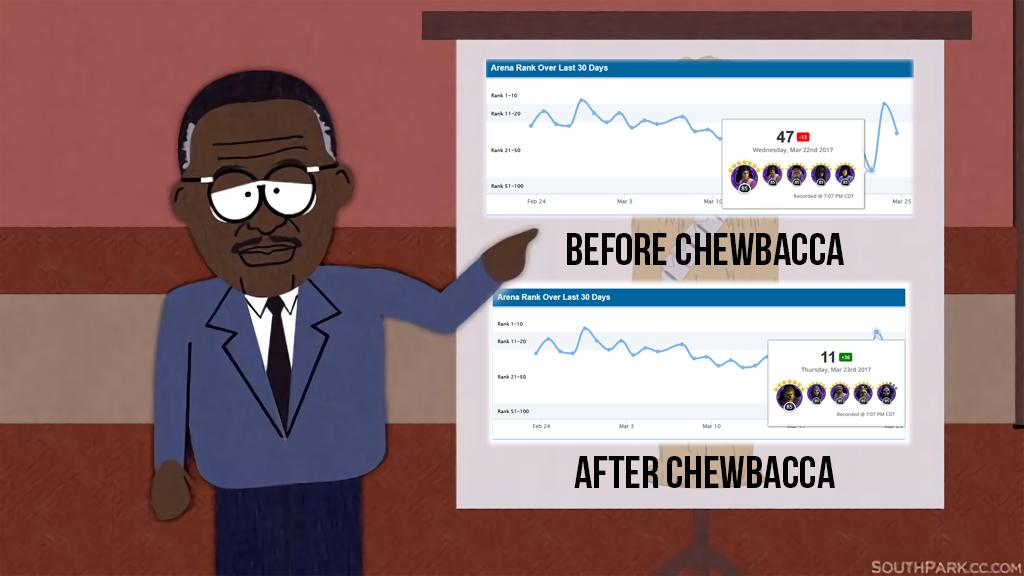In 2009, the state of Ohio attempted to execute convicted murderer Romell Broom. Over the course of 95, minutes a medical team tried fruitlessly to find a suitable vein through which to administer a lethal dose of drugs. As The Washington Post reported, “they jabbed, poked and stuck the man at least 18 times, twisting and turning catheters this way and that … They made holes in his arms, legs and elbows, his wrists, the backs of his hands and his ankles … They took breaks, leaving the man on the gurney, and then came back to try again … And at one point, a physician came in and inserted a needle until ‘she struck bone.'”
In the end, the medical team gave up and Broom, in pain throughout the botched execution, was given a temporary reprieve. But that reprieve may be over. The Ohio Supreme Court has ruled that the state can try to execute Broom a second time.
Not Cruel and Unusual
While the Eighth Amendment prohibits cruel and unusual punishment, the Supreme Court has found that lethal injection does not rise to that level, even when certain drugs have been associated with botched executions.
In Mr. Broom’s case, the Ohio Supreme Court looked at the aspirational intent of the state, rather than the actual injury the failed execution attempt had. “The state’s intention in carrying out the execution is not to cause unnecessary physical pain or psychological harm, and the pain and emotional trauma Broom already experienced do not equate with the type of torture prohibited” by the Eighth Amendment.
From the court’s own opinion:
“By this time, Broom was in a great deal of pain from the puncture wounds, which made it difficult for him to move or stretch his arms. The second session commenced with three medical team members–9, 17, and 21–examining Broom’s arms and hands for possible injection sites. For the first time, they also began examining areas around and above his elbow as well as his legs. They also reused previous insertion sites, and as they continued inserting catheter needles into already swollen and bruised sites, Broom covered his eyes and began to cry from the pain. Director Voorhies remarked that he had never before seen an inmate cry during the process of venous access.”
Regardless of the state’s intention, it is hard to imagine the type of torture prohibited by the Eighth Amendment if this is not it.
Not Double Jeopardy
Broom’s attorneys also argued that subjecting him to another attempted execution would violate the Fifth Amendment’s prohibition on double jeopardy: “No person shall … be subject for the same offence [sic] to be twice put in jeopardy of life or limb.” But the court reasoned that, actually, this wouldn’t be a second attempt at execution. As Justice Judith Ann Lanzinger wrote, “Because the lethal-injection drugs were never introduced into the IV lines, the execution was never commenced.”
What, if not the execution, was commenced when the medical team was inserting catheter needles repeatedly into “already swollen and bruised sites?”
Whatever it was, Ohio has been given the chance to do it again, though no date has been set and a spokesman for Ohio Governor John Kasich said last week the Republican presidential candidate had yet to see a petition calling for Broom’s sentence to be commuted. As Justice William M. O’Neill put it in his dissent of the opinion:
“Any fair reading of the record of the first execution attempt shows that Broom was actually tortured the first time. Now we embark on the task of doing it again … It is not only the rights of the defendant that are in play here. There are state employees who have tragically endured the personal trauma of unsuccessfully attempting to execute a fellow human being. And now we, as a society, are telling them, ‘Do it again.’ I can only imagine the apprehension Broom and his executioners must be feeling now as they prepare for and await a second attempt.”
Source










